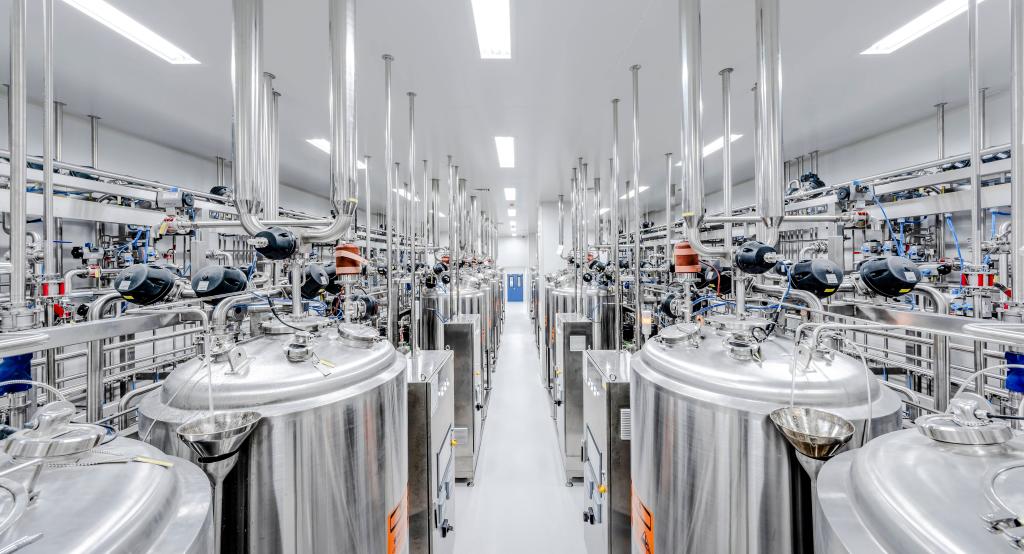High-quality Phosphatidylserine,Production Method
Time:2024-10-10
Phosphatidylserine is typically produced through several safe methods:
Ⅰ.Extraction Method
1. Plant Extraction:
·Raw Materials: Primarily sourced from the residual materials of natural soybean oil extraction. Additionally, egg yolk, plant seeds, and nuts also contain certain amounts of phosphatidylserine and can be used as extraction materials.
·Process: The raw materials are crushed and then subjected to multiple extractions using water or ethanol. The extracted solution undergoes steps such as evaporation and crystallization to ultimately yield crude phosphatidylserine. This method has abundant raw material resources but involves higher extraction costs and has not achieved large-scale application.
2. Animal Extraction:
·Raw Materials: Mainly derived from the brain tissues of animals such as cattle, pigs, and sheep.
·Process: Phosphatidylserine is isolated from animal tissues using solvent extraction and high-speed centrifugation methods. However, due to safety concerns associated with animal-derived products, including risks of disease transmission, this method has been phased out of the market.
Ⅱ. Enzymatic Bioconversion Method:
·Principle: Utilizes phospholipase to catalyze the reaction between phospholipids and serine, resulting in the production of phosphatidylserine.
·Process: Phospholipid substrates are first prepared, then phospholipase A or phospholipase D is added to react under appropriate temperature conditions for a specific duration. ATP is then introduced as an energy source to promote the enzymatic catalytic reaction. After the reaction is complete, a reaction terminator is added, and techniques such as centrifugation and purification are employed to obtain the phosphatidylserine product.
·Advantages: The enzymatic bioconversion method features mild reaction conditions, fast reaction speeds, minimal by-products, and precise enzyme action sites. Currently, this method is the primary production process for phosphatidylserine worldwide.
Ⅲ.Chemical Synthesis Method:
·Although phosphatidylserine can theoretically be synthesized chemically, this method yields many isomers and involves a complex purification process, so it has not been commercialized.
The main production methods for phosphatidylserine include extraction and enzymatic bioconversion, with the latter becoming the mainstream production process due to its efficiency, safety, and environmental benefits. When selecting a production method, it is essential to consider factors such as raw material sources, production costs, product quality, and safety.


 CN
CN





